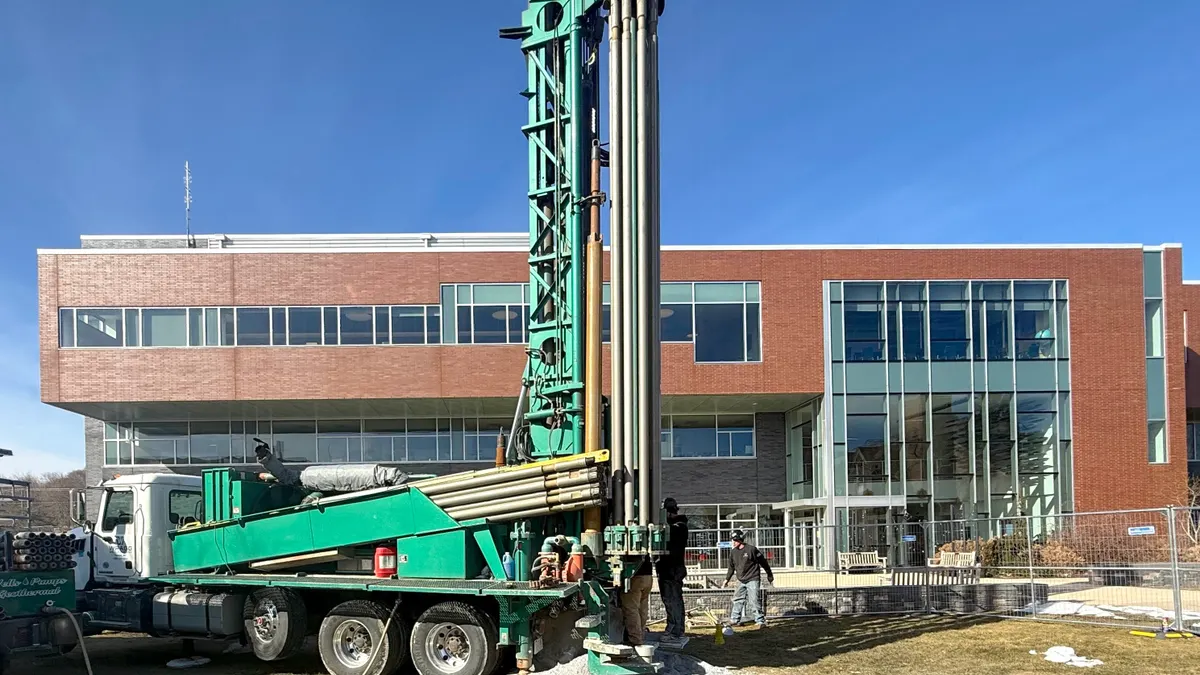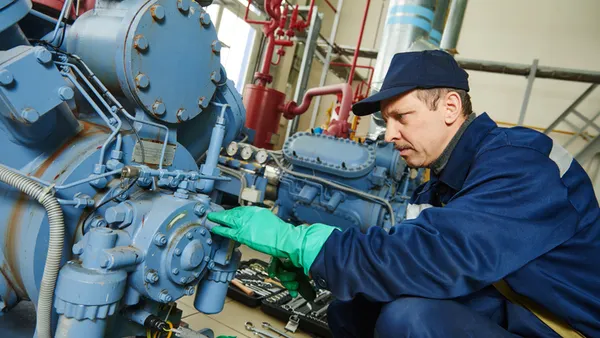Dive Brief:
- There is reason for optimism in the life sciences sector, with significant funding opportunities, a doubling of deal sizes over the past three years, and heightened mergers and acquisitions activity expected to continue in 2024, according to Cushman & Wakefield’s February Life Sciences report.
- Asking rents for lab and Current Good Manufacturing Practice space have steadily increased over the last three years, growing an average of 37% across the 16 markets Cushman & Wakefield examined in the report. However, the rate increase in rents has slowed down, with an average growth rate of 11% year over year.
- Vacant space has steadily increased over the past 12 months to 14.4% on average across the firm’s markets, Cushman & Wakefield says. Vacant sublease space also added pressure to the rising vacancy rate, which contrasts with the 8.8% lows seen from 2020 through 2021, when tenants faced “significant challenges in finding space” during the midst of the pandemic, the report notes.
Dive Insight:
Although activity is expected to increase in the market, the report says that “the blank-check environment of 2021 is behind us,” noting that demonstrating strong clinical trials and financial discipline is key to attracting the significant amount of investment capital available for startups.
Nearly 12 million square feet of new space, or 6% of inventory, was completed in 2023, leading rents to edge higher in most markets. Despite a slowdown in rent growth, nine of the 16 markets continued to experience double-digit rent growth year over year. Suburban Maryland and New Jersey experienced 25% and 20% increases, respectively. Rents declined 18% year over year in Seattle, while the Los Angeles-Orange County and Philadelphia markets saw slight declines of 3% and 1% year over year.
With nearly 16 million square feet of new inventory expected to be completed in 2024, high-quality space and steady demand will continue to drive rent increases, the report predicts. Increased vacant sublease space has also applied upward pressure to the vacancy rate, Cushman & Wakefield says, pointing to a growth in total vacant sublease space from 2.9 million to 6.3 million square feet year over year. Additionally, a robust construction pipeline could be a factor contributing to the market’s vacancy, as “much of the current pipeline is expected to be delivered vacant,” the firm says.
The report identifies Boston, San Diego and San Francisco as markets with the largest construction pipelines. Boston leads these markets with nearly 9 million square feet of projects currently under construction, accounting for 20% of its current life sciences inventory, the report says. Inventory in the San Francisco Bay area is also expected to grow 13%, with current projects expected to total nearly 6 million square feet.
While most markets temper their construction pipelines, double-digit employment growth is expected in five markets through 2028, including Boston, San Francisco, Seattle, Raleigh-Durham and Denver, Cushman & Wakefield says.











